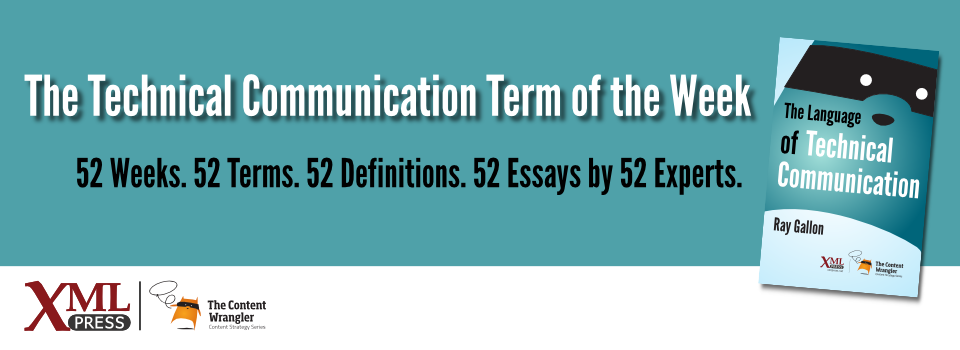What is it?
Content, whether in a textual, visual, or playable format, that conforms to structural and semantic rules that allow machine processing to meet specific business requirements.
Why is it important?
Structure in a document involves identifying the scope and relationship of meaningful parts. Named structures enable both logical processing and independent styling of what readers see.
Why does a technical communicator need to know this?
Humans are much better than computers when it comes to understanding the nuances of content. Readers generally understand the visual intent of style in what they read in a browser or in print. But if a computer needs to know that intent as well (as in, search for all warnings in the install guide
), it helps to somehow indicate the scope and meaning in a computer-readable manner.
By indicating the order and intent of the parts of a document, writers ensure that publishing tools well into the future can usefully process that content, even if reading technologies change.
Adding structure to content adds both present and future value, turning content from a single-use commodity into a long-term asset. Content can be structured in a number of ways. The most common ways are to apply semantic markup, such as XML (Extensible Markup Language), or to store content in named fields in a database.
Structured content clearly indicates not only the parts of the discourse (the titles, sections, lists, tables, and phrases that represent organization) but also the semantic intent of those containers. For example, paragraphs identified more specifically as quotations can be not only rendered differently for readers, but also made more easily discovered in searches for quotations or citations.
By structuring content appropriately, you can more easily turn information into knowledge, instructions into automation, concepts into lesson units, and more, thereby increasing its value to the business.

